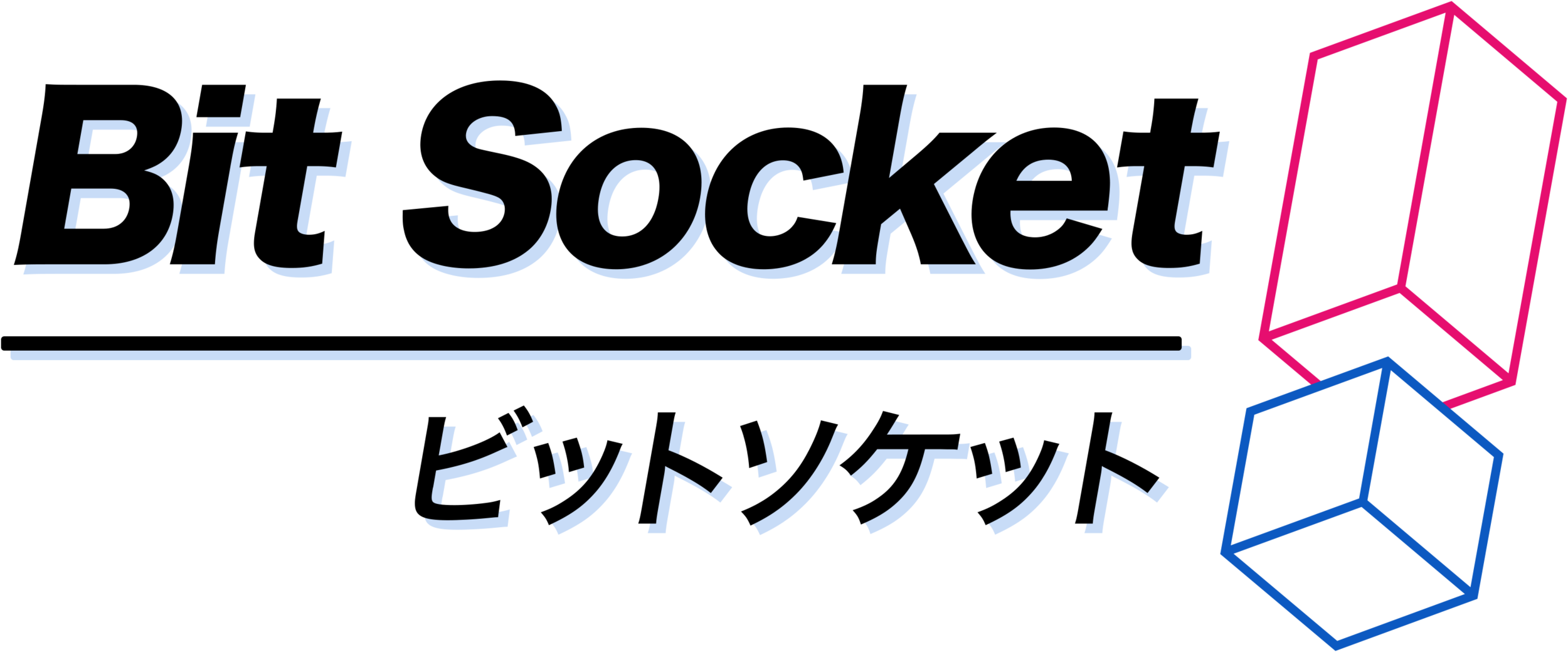A shortish review
Scott White
Hellblade has been sitting on my PS4 for about eight months, bought in some PS Store sale, named “Back to School Sale!” or “Happy August!” or similar. Honestly, I don’t know why I bought it; I’d heard it was pretty good, but it didn’t really feature on my radar. It was probably going cheap. That doesn’t really matter except to say that finally turning Hellblade on last week after finishing the excellent Devil May Cry 5, came with little in the way of expectations: I was hoping to be impressed, but I really didn’t know much beyond some half-remembered articles from about two years ago.
First impressions, as Senua paddles down a bleak and desolate river to a forbidden land, were good. Graphically, the game looked stunning and I really appreciated the attention to detail. In fact, the whole presentation really grabbed me from the off, especially the sound design. For anyone that’s not played it, Senua is constantly assailed by voices, telling her to give up or that her quest into the land of the dead is doomed to fail.
Some of the voices don’t object with her actions though, and try to push her into risky situations and dangerous actions. This is the game’s big USP: Senua’s mental illness and how it affects her throughout the game, tempting her along a path of self-destruction.
The effect really works and the voices evoke the sense of someone not in full control of their actions, with every step plagued with overwhelming feedback. As someone who has never had to deal with this type of mental illness, it’s a very stressful experience, and the effect can be staggering at times.
I wouldn’t claim that it gives the player a great insight into the aggressive nature of some mental illnesses, but it opens up a pathway to understanding and perspective that is genuinely valuable. Sadly though, Hellblade’s greatest weakness isn’t in connecting with the player, it’s in how the game actually plays.
The combat, something I was quite looking forward to after enjoying DmC, is basic and over time it becomes unsatisfying. Fighting a larger group can be fun, but it happens with such a regularity and is so signposted that nothing really comes as a surprise. The same goes for the puzzles that appear throughout, consuming time but providing little challenge. There’s even the ever-present “audio logs” scattered throughout the game, letting you know more about the mythology of the time. Essentially, for me, the “game” gets in the way of the interesting message and viewpoint that Hellblade is bringing to the table, and it’s a real shame. As soon as boredom or frustration begins to set in, all the good work and goodwill accrued, can quickly fade.
I don’t want to lament over Hellblade not being the game I wish it was or make uninformed suggestions over how to improve it because it is what it is. I imagine right now there’s not a large, bankable, market for games that deal with mental illness in any major way without all the modern video game bells and whistles that guarantee sales. At least, until I grew tired with the “video game” parts of Hellblade, it was fascinating to play as a character who struggled on against two very different but equally inhospitable terrains.
My one hope for Ninja Theory, and other video game developers too, is that Senua isn’t a one off; that we get to meet other characters like her and learn more about the very real conflicts going on all around us. Understanding and fully realising mental illness may be beyond video games as a medium, in fact it’s probably beyond all forms of entertainment, but the exposure and care taken can help us all.





